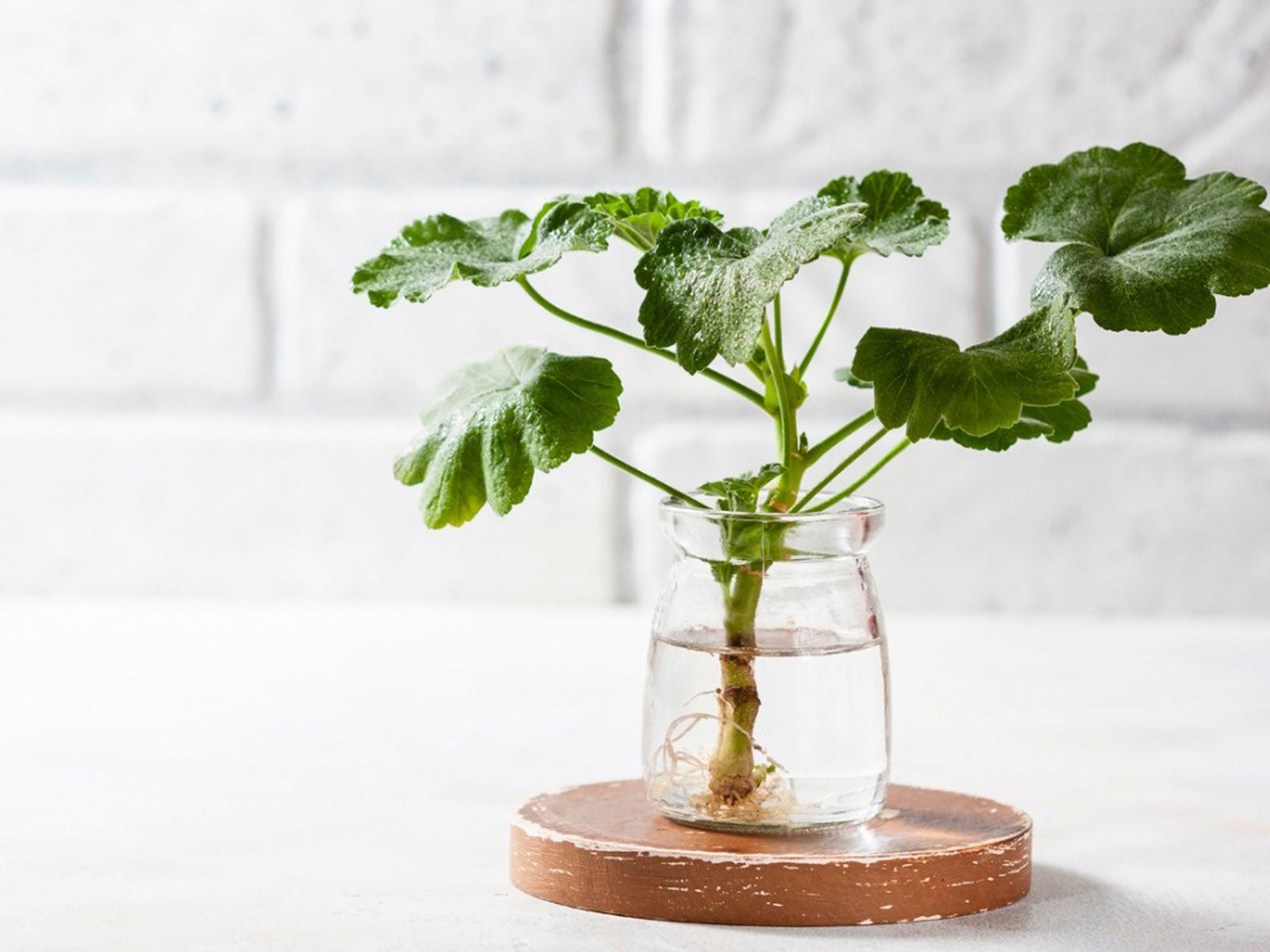Growing Cuttings In Winter: How To Overwinter Cuttings From Plants


Do you hate to see the frost nipping at those beautiful annuals that have provided so much pleasure and beauty through the summer and fall? Perhaps, they’re planted in large containers, too big to move indoors or in the ground. Even if you can move them, annuals often don’t last indoors during winter. While you may not be able to save the entire plant, consider keeping cuttings over winter.
Can You Overwinter Cuttings?
Cuttings from many annual plants will keep over winter, sprout roots, and be ready for planting in spring. You may place them in pots or cups without drainage filled with moist perlite or vermiculite. Locate them at first in bright light, away from the sun. Move later to an area where they receive morning sun.
Alternatively, you may allow the cuttings to callous by letting them lay for a couple of hours to a few days, depending on the type of plant. Another trick is to cover the bottoms with a rooting hormone that will encourage root growth. Then plant in well-draining soil.
Take a young, 2 to 6 inch (5-15 cm.) cutting below a node or under a set of leaves. Make sure it is vigorous. Remove leaves about halfway up the stem, starting from the bottom. Allow to callous, particularly if it’s a succulent plant or apply rooting hormone (or even cinnamon) before planting in soil. (Note: some cuttings can be rooted in water first.)
Some sources suggest covering the cuttings with a plastic tent, but that is not always needed. It will help retain moisture but can cause your cuttings to burn if the sun reaches them. Either way, your cuttings will likely root.
How to Overwinter Cuttings
Take cuttings of your favorites now while there is time left to get roots started. You may plant several cuttings to each container. Then, grow your cuttings indoors as houseplants through the cold winter months. You can plant them again outside when soil and outdoor temperatures rise enough to accommodate each individual plant.
Plants like herbs, coleus, impatiens, fuchsias, and geraniums are good choices when growing cuttings in winter. Many others grow equally well. Choose annual plants that won’t return on their own for the most cost-effective plantings. Many of these plants grow over winter to the point where you have a good size planting for next year.
Sign up for the Gardening Know How newsletter today and receive a free copy of our e-book "How to Grow Delicious Tomatoes".
Identify and label each group of cuttings, which will be especially helpful when you search it online to learn the appropriate planting time next spring. True annuals will need warm soil and nighttime temperatures that no longer drop much below 55 degrees F. (13 C.). Cold hardy and half-hardy annuals can take lower nighttime temperatures.
Overwintering plant cuttings is a fun hobby for the enthusiastic gardener. The more you can grow through winter, the more free plants you’ll have to plant next spring.

Becca Badgett was a regular contributor to Gardening Know How for ten years. Co-author of the book How to Grow an EMERGENCY Garden, Becca specializes in succulent and cactus gardening.